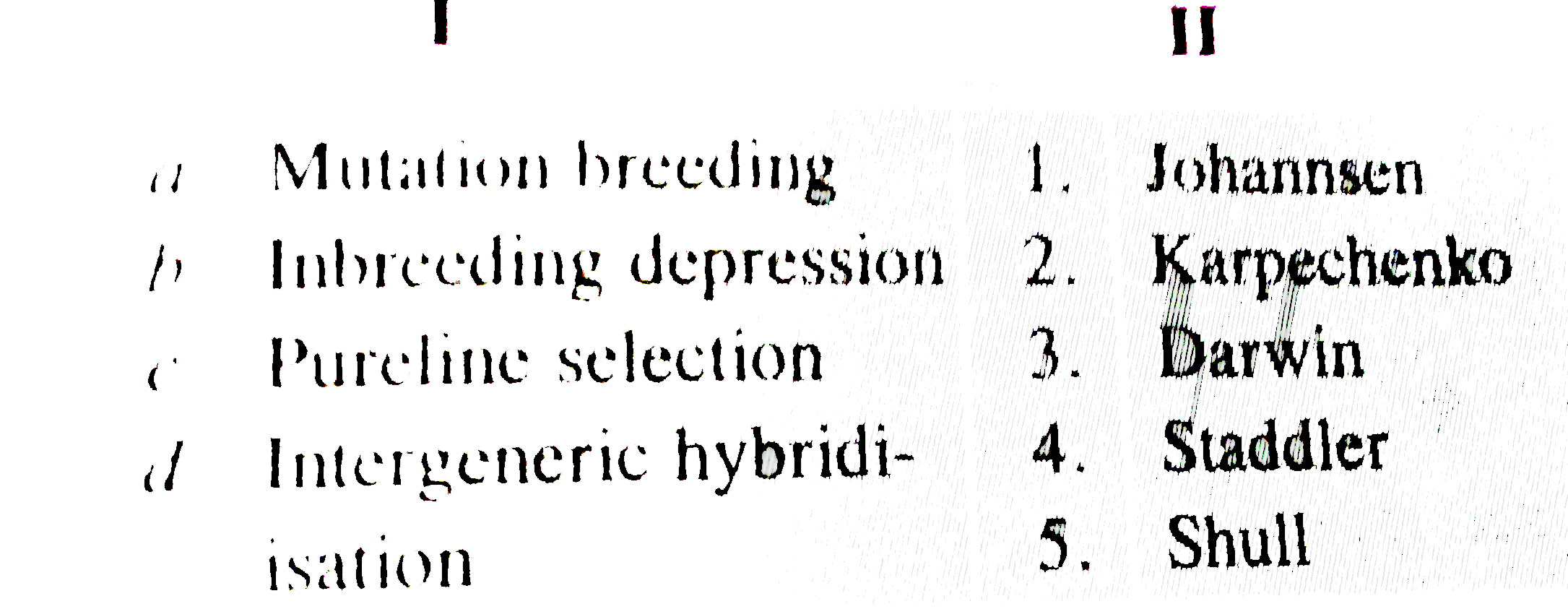The sum of a and b is multiplied by taking away 5 from their sum. The expression representing the statement is: (a) (a+b)(a+b−5) (b) (a+b)(5−a−b) (c) (a+b)(5−a+b) (d) (a+b)(5+a−b)
Step by step video & image solution for The sum of a\ a n d\ b is multiplied by taking away 5 from their sum. The expression representing the statement is: (a) (a+b)(a+b-5) (b) (a+b)(5-a-b) (c) (a+b)(5-a+b) (d) (a+b)(5+a-b) by Maths experts to help you in doubts & scoring excellent marks in Class 6 exams.
Updated on:21/07/2023Topper's Solved these Questions
Similar Questions
Knowledge Check
The expression (3b−2)(b+5) is euqivalent to :
A3b2−7B3b2−10C3b2−2b−7D3b2+13b−10
Multiply (i) (a+7)and(b−5) (ii) (a2+2b2)and(5a−3b)
View SolutionFor any two rational numbers a and b, a5x b5 is equal to
(a x b)0 (b) (a x b)10 (c) (a x b)5 (d) (a x b)25
View SolutionThe sum of two integers is −35 . If one of them is 40, then the other is
(a)5
(b) −75
(c) 75
(d) −5
View SolutionIf ab=43, then the value of 6a+4b6a−5b is (a) −1 (b) 3 (c) 4 (d) 5
View Solutionmatch the columns

(a) a -4, b-2,c-5,d-1
(b) a-4,b-5,c-2,d-1
(c) a-4,b-5,c-1,d-2
(d) a-5, b-4,c-1,d-2
View SolutionIf in the expansion of (a−2b)n, the sum of 5th and 6th terms is 0, then the values of ab is (a)n−45 (b) 2(n−4)5 (c) 5n−4 (d) 52(n−4)
View SolutionIf the first second and last term of an A.P. are a, b, and 2a respectively then its sum is
a.ab2(b−a) b. abb−a c. 3ab3(b−a) d. none of these
View Solution
